Introduction: The Role of Stand Count Analysis in Agriculture
Stand Count Analysis, particularly important during the emergence stage of a crop's growth cycle, has become a vital tool in modern crop management. Proper analysis at this stage requires plants to be at least 6 cm (2 inches) tall, enabling accurate assessment of crop emergence and health.
The Essence of Stand Count Calculation
Stand Count Analysis involves comparing the actual number of plants in a field with the expected crop numbers. This process goes beyond simple counting, providing insights into missing plants, which offers a comprehensive overview of crop emergence and health.
Challenges of Traditional Stand Count Methods
Traditional manual ground counts are time-consuming, labor-intensive, and prone to inconsistencies and human error. Sampling errors, limited insights, potential crop damage, weather, and terrain limitations, and high costs are significant challenges of this approach.
The Advantages of Modern Drone Analytics
Drone analytics, equipped with AI, machine learning, and computer vision technologies, overcome the limitations of traditional methods. They offer quick, consistent, and accurate counts along with additional data on plant health and field conditions, enhancing efficiency and cost-effectiveness.
Impacts of Stand Count Evaluation
Stand count evaluations enable growers to assess seed quality, make informed replanting decisions, and identify field problems, such as planter malfunctions or germination failures. This data is crucial for efficient crop management.
Applying Stand Count Results in Farm Management
Using stand count data to create management zones allows for tailored strategies in irrigation, pest control, and nutrient supply. This zonal management leads to more efficient and sustainable operations.
Estimating Potential Yield Loss
For crops like corn, stand count assessments are critical for yield estimation, while in crops like soybeans, they provide valuable insights, even though these crops can compensate for population loss.
The Seedling Phase: Foundation of Crop Success
Monitoring stand counts post-emergence provides essential insights throughout the year, influencing decisions on replanting and overall crop health.
Leveraging Drones and AI in Crop Monitoring
Drones excel in crop scouting, offering more efficiency and accuracy than traditional methods. They provide detailed insights into crop health, essential for targeted management strategies.
Implementing Drone and AI Analytics in Crop Management
Effective implementation involves identifying goals, acquiring drone imagery, analyzing data, and creating management zones. Integrating VRT (Variable Rate Technology) with drone technology enhances productivity and reduces labor costs.
Conclusion: Embracing Precision Farming in Agriculture
The adoption of precision agriculture, especially drone technology, is transforming the agricultural sector, enhancing productivity and sustainability. Stand Count Analysis is a key aspect of this technological evolution in agriculture.

